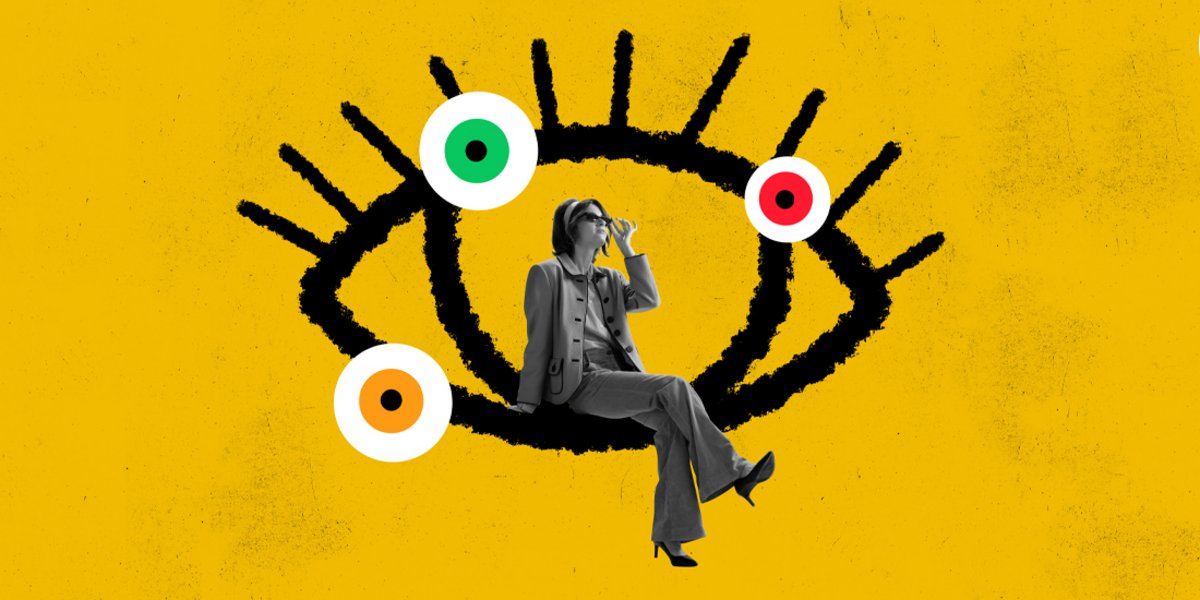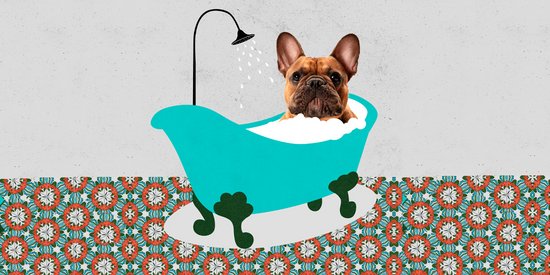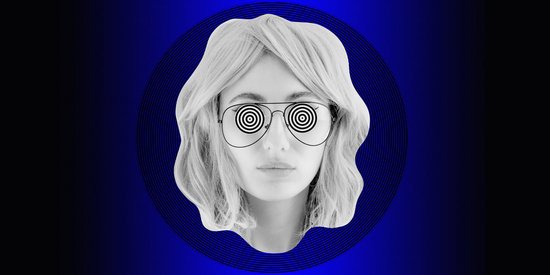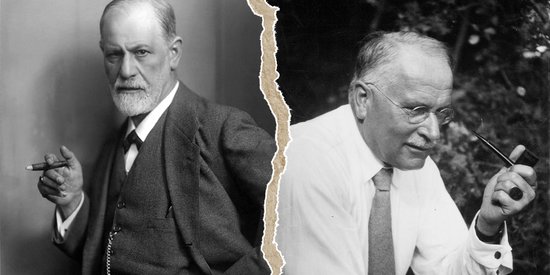Find harmony between the mental and the physical with sophrology:
Sophrology is used as a technique of relaxation and self-knowledge.
"Sophrology" comes from the Greek; sos = harmony + phren = spirit and logia = study. The combination of the three terms thus refers to the study of the harmonization of consciousness.
The contributions of the West and the East:
Sophrology derives from Greek philosophy, in particular the philosophy of Socrates and Plato, hypnosis, the autogenic training of Dr. Schultz, the phenomenology of Edmund Husserl, the philosopher Heidegger, the bioenergy of Lowen, the psychoanalysis of Sigmund Freud and Jacques Lacan, of the analysis of the depths of Carl G. Jung.
Sophrology comes from yoga, Buddhist meditation, Tantrism and Zen.
This science was created in 1960 by Alfonso Caycedo. He was a Colombian neuropsychiatrist of Spanish Basque origin and a professor at the School of Psychiatry of Medicine in Barcelona. According to him, this science made it possible to harmonize the personality of each person, to promote the healing of certain psychological problems and, in all cases, to reinforce positive structure.
This doctor gave birth to the Caycedian sophrology (from his name Caycedo). It is also called "existential sophrology" or "phenomenological sophrology". This current is based on the dynamic relaxation of Caycedo (DRC). The theoretical principle consists in selecting a positive experience in order to develop the consciousness.
The Caycedian method:
Caycedian sophrology differs from a second method corresponding to the sophrology of the French School, which stems from Caycedian sophrology and is fed by the contributions of Sigmund Freud's psychoanalysis and the works of Alexander Lowen. This so-called "bioenergetic analytic sophrology" set up by Dr. Jean Pierre Hubert, is based on the principle of using body language. The goal is to let oneself be pervaded by one's emotions, in order to evacuate negative feelings as much as possible and in order to find the path of the widest consciousness possible. Here we see the influence of psychoanalysis: the subject having access to his subconscious state.
More than a technique, sophrology becomes a philosophy of life to harmonize the relationship between the body and the mind. It corresponds to a search for serenity and inner peace in order to improve daily life.
The principles :
The body diagram
The body diagram is the image we have of our body (static state or dynamic state), based on interoceptive (visceral), proprioceptive (muscles, joints) and exteroceptive (surface) sensory data. This image is in constant reshuffle and is a function of our experiences.
In Caycedian sophrology, the body diagram is the "feeling of the body".
The body stimulations during the dynamic relaxation phase allow the finer connection between sensations, perception and motor skills.
Relaxation is at the base of all sophrology work.
It is therefore, through the repetition of bodily awareness, that one can find harmony by feeling.
Strengthening the positive experience
In sophrology, everything is focused on positive actions and thoughts: psychological and physical feelings have an impact on the whole body and mind.
The development of objective reality
For effective work, the sophrologist himself must be able to:
- perceive the state of one's own consciousness (emotion, tension ...);
- to perceive the state of consciousness of the subjects he accompanies in order to use the most accurate method
- to have a fair attitude towards himself and those around him.
Adaptability
One does not adapt the subject to these methods, but it is a question of adapting the method according to the subject.
The existential schema
Sophrology is only one way to achieve a more harmonious life. The subject, through his work, is led to build a project to work on, by taking into account his realities and personal values.
The Sophronic Alliance
During the sessions, the relationship between the sophrologist and the subject can only be on an equal footing. The sophrologist is only a "ferryman" and his role is only to give the means to the subject to use the methods of sophrology themselves.
Sophrology is a method, a tool that combines several relaxation techniques.
The practice:
During the sessions, the subject enters a state of relaxation close to hypnosis. All his concentration is then only fixed on a point such as preparing for an exam or a competition, or reducing his state of stress.
The session takes place in several stages: from the entrance into the relaxation phase to the exchanges between the practitioner and the client:
- Introduction phase: during your first appointment, you explain your problem. The practitioner listens carefully to you and explains the practice of sophrology.
- Dynamic relaxation phase (or sophronisation): while standing, sitting or lying down, you put the outside world in parentheses and you refocus on your body and your inner experience. You relax your muscles and all parts of your body. Your attention is focused on your breathing and all the sensations that emerge at that moment. You are relaxed and attentive to yourself.
- Sophroliminal state phase:
• Induction: it allows to lower the level of vigilance
• Activation: during which you perform exercises making it possible to visualize the constraints and to free yourself from them.
• An integrated break at the end of each exercise during the session, during which you stop, to simply be present with yourself and experience all the sensations you feel.
• A tabulation break at the end of the session, allowing for the long-term integration of all the benefits of the session.
- Deophronisation phase: it is a transitional phase during which you begin to raise your level of vigilance by moving your body, stretching and opening your eyes. It signals the return to enlightenment.
- Phenodescription phase: During this phase, you talk to the practitioner about your experiences during the session.
Thee advice from Womensdestiny;
It is advisable to practice between sessions in order to become autonomous in practice and to reinforce the benefits of previous sessions.
Objectives :
Thanks to sophrology, you will be able to, among other things, to:
• Master your emotions
• Be more positive
• Find or regain your confidence
• Harmonize your relationships
• Develop and increase your creativity
• Improve your performance
• Develop your adaptability
With sophrology, you can just learn to be better!








